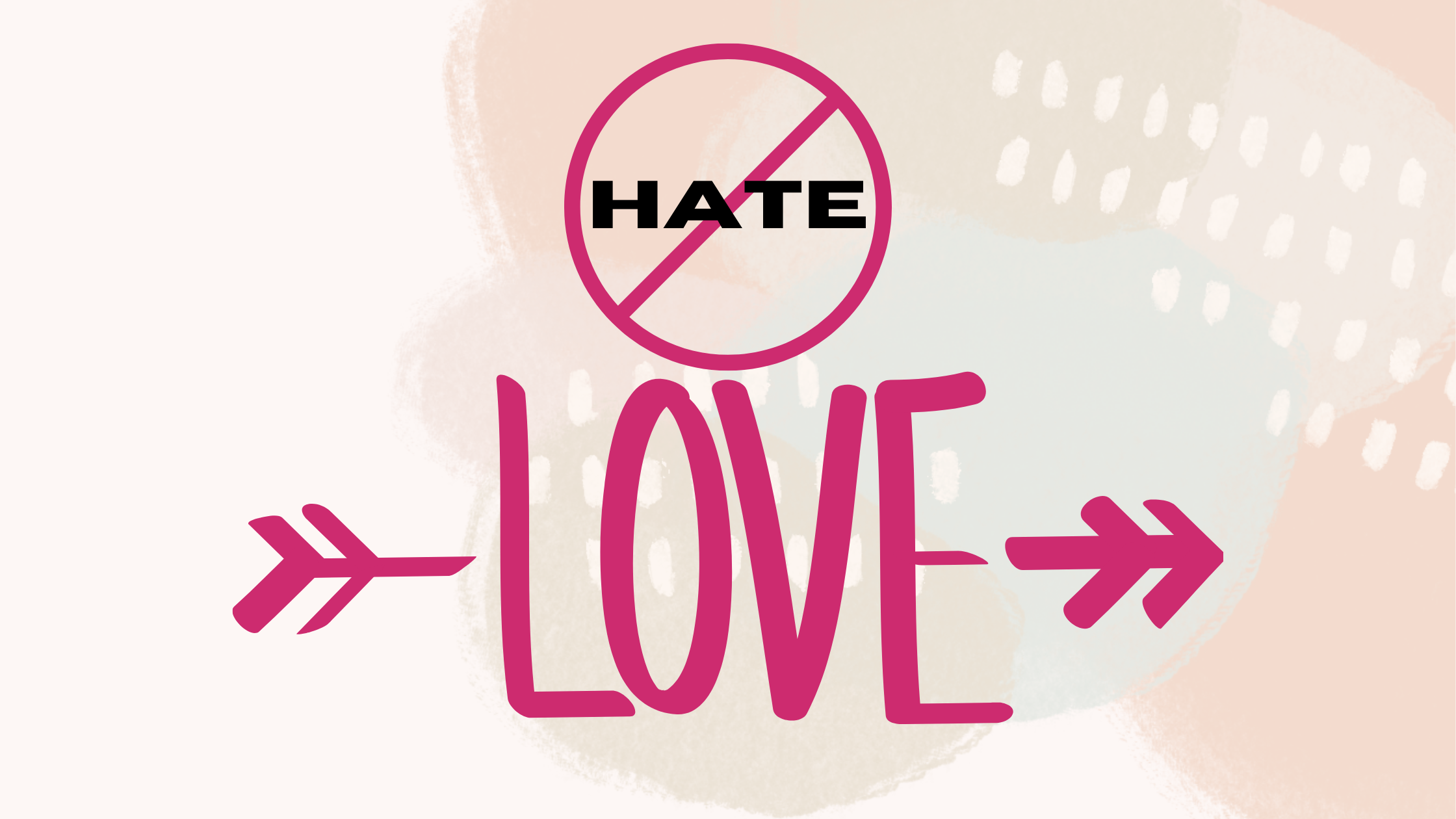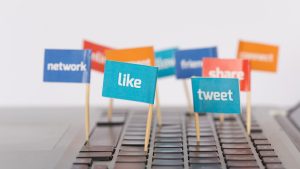When was the last time you saw a well-meaning public figure cluelessly spreading a message of hate or ignorance?
Have you taken a photo at a work event and posted it on social media only to notice someone is flashing some weird hand sign? And you later discover it is considered a symbol of white supremacy?
As public relations professionals, we find it incredibly important to have our fingers on the pulse of our our world when it comes to the ever-changing dynamic of talking about suppressed or misrepresented groups as well as “trending” symbols of hate.
Is loving your fellow human too much to ask?
Thanks to the internet and a variety of social media platforms, our world now feels smaller than ever. The need to find ways in which to co-exist has never been more important. As humans who display a dizzying myriad of personality traits, dispositions, beliefs, orientations, and abilities, we are going to have to do some really hard work to share what is feeling like a smaller and smaller planet.
“I didn’t know” is not an excuse
If you are managing communications – and particularly social media accounts – for your business or organization, it is profoundly important to educate yourself about the unseemly side of culture. From mildly embarrassing double entendre (like a headline reading “Debutantes Rest Between Two Big Balls” … true story) to cringe-worthy racial gaffes to the absolutely-not-funny symbols of racism. When it comes to your company/organization’s communication and reputation, being naïve just doesn’t cut it as an excuse.
Education is key. That same internet that is fraught with hate and vitriol also contains valuable information that allows individuals to educate themselves and ultimately STOP the hate.
Tools to Stop the Hate
For instance, the Anti-Defamation League has a compiled a Hate on Display™ Hate Symbols Database that literally has photos and descriptions of hundreds of symbols used by hate groups. A review of general knowledge and a note on the social media checklist to “scan crowds” will go a long way to prevent an embarrassment.
Last year, we wrote “Words Matter: Putting People First” addressing the importance of “people first language.” According to the Employer Assistance and Resource Network on Disability Inclusion (EARN), “Rather than defining people primarily by their disability, people-first language conveys respect by emphasizing the fact that people with disabilities are first and foremost just that—people.” (Check out that blog for a handy infographic!) It seems that this approach can cover many areas of difference because, at the end of the day, we are all people.
It is important to understand how to interact in ways that embrace our differences while allowing everyone to feel seen and respected. Exploring different ethnicities and cultures while initiating open, honest dialogue is key. You can find more about language and how to refer to people of varying ethnicities in a respectful and appropriate way here.
Likewise, sexuality and identity have risen to the forefront of our culture. While your beliefs may be different from someone else’s, in the words of Marlo Thomas, “We’re Free to Be You and Me.” You can find lots of ways to create a more inclusive workplace by checking out this guide.
Finding Common Ground
“As human beings, our job in life is to help people realize how rare and valuable each one of us really is, that each of us has something that no one else has- or ever will have- something inside that is unique to all time.” -Fred Rogers
In her book Braving the Wilderness, author, professor. and lecturer Brene Brown talks about changing your perspective when dealing with others who are different from yourself. She believes that many times we get caught up in this world of news stories, social media posts and the fake personas they create, when in reality, we are all just people. When we zoom in and see people who, just like us, have good days and bad, care about their loved ones and are looking for meaning in their life, rather than someone on the news we can’t find common ground with, it changes how we think about that person. We can use ideas like this when trying to be inclusive with others who have different backgrounds and experiences of life than we ourselves do.
The tricky part for some people, it seems, is holding both truths that we are all people AND we all have different experiences of life. In trying to remember that we are all similar in many ways, it is also important to understand and celebrate our differences
As PR professionals, we often find ourselves dealing with missteps and mistakes as folks navigate inclusive language. That is one level of messaging and sometimes crisis management. Going deeper, it’s difficult for most of us to comprehend the level of hate that comes with white supremacy. But it is on the increase, and as communications professionals, it’s our job to ensure it receives as little oxygen as possible to fan the flames. We must be vigilant in creating a world in which everyone feels accepted and loved.
This Valentine’s Day, take some time to educate yourself using our links and guides above so that you can spread the love far and wide.





